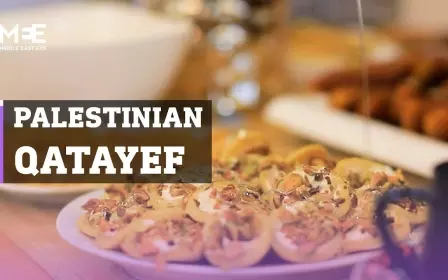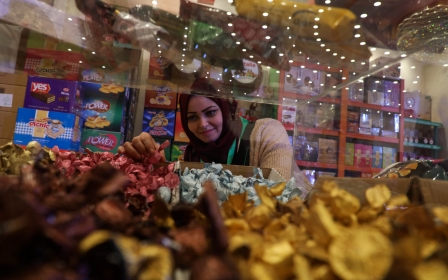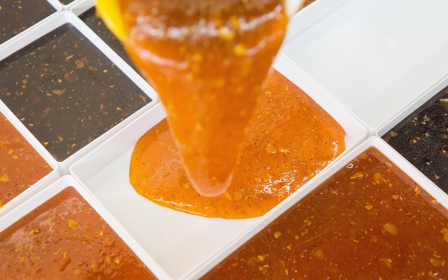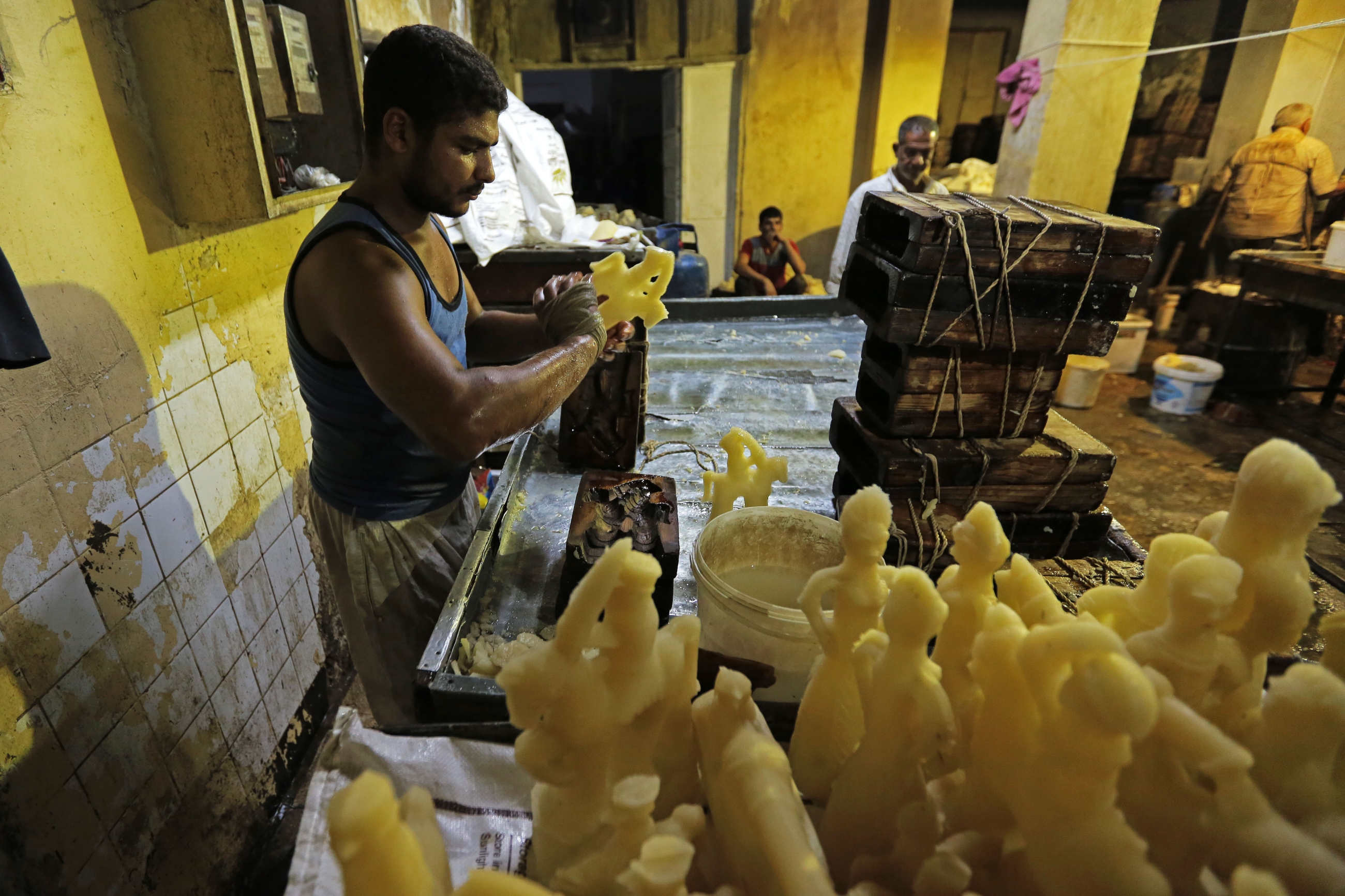
In pictures: Traditional sweet factory in Egypt prepares for Mawlid al-Nabi celebrations

Situated in the Bab al-Bahr area of Cairo, near Ramses Square, is one of Egypt’s oldest sweet factories.
The factory has been running for over 70 years and is known for making its sweets in the traditional way, which has remained unchanged for decades.
For Egyptians, making sweets for Mawlid al-Nabi - the prophet’s birthday - is a tradition that has continued for generations. In the run-up to the date, most sweet shops around the country will put all of their energy into producing and selling the special sweets associated with the celebration.
Although the anniversary of the prophet’s birthday was not celebrated by the prophet himself and is not an occasion celebrated by all Muslims, some still choose to commemorate it on the 12th day of Rabi al-Awwal, which is the third month of the Islamic calendar.
In Egypt, the date is marked by celebratory processions, funfairs, and special foods that are shared amongst friends and family. In Egypt, the day is a public holiday, also marked by sermons at the mosque. (All photos by Fadel Dawod)
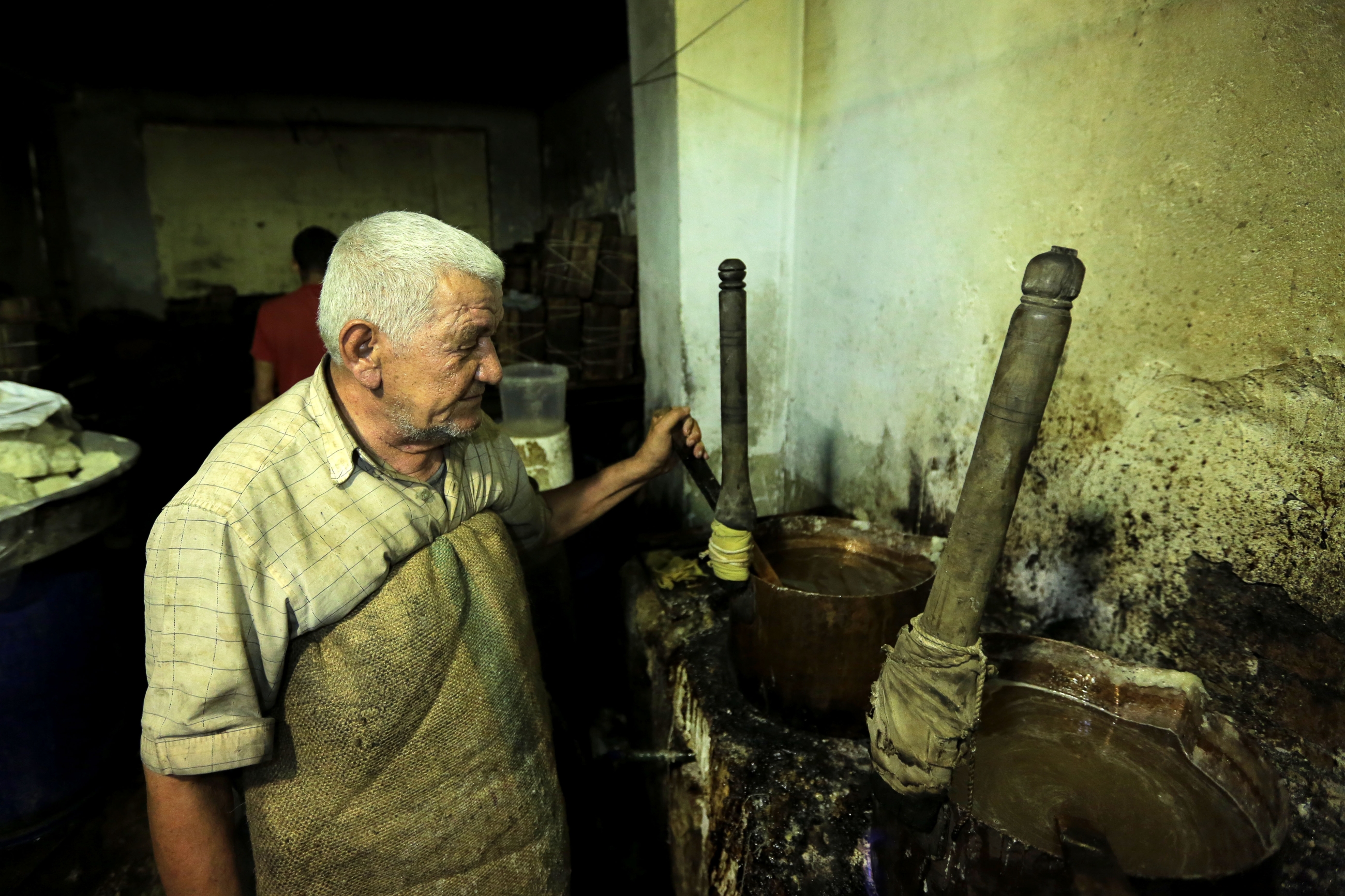
Many believe that the tradition of making and distributing sweets around the celebration stems from the time of the Fatimid rulers in the 11th century CE, when a procession would take place and the caliph would roam the streets and hand out sweets to people to mark the celebration.
Traditionally, these sweets were made from simple ingredients - mainly honey, sugar, and gelatin. However, over time, many sweet sellers have added more ingredients to them and crafted them into interesting shapes and colours.
Mohammed El-Shennawy, who has been making the sweets for over 35 years tells Middle East Eye that the Mawlid sweets need to be made in a specific way.
“The sweets, which are formed into the shape of a doll, are made from sugar that is heated until reaching a boiling point so that it becomes liquid. This is then poured into a wooden mould that takes the shape of either a doll or a horse,” he says.
Once the sweets solidify in the mould, they are removed and decorated with colourful sheets of paper that are folded into designs.
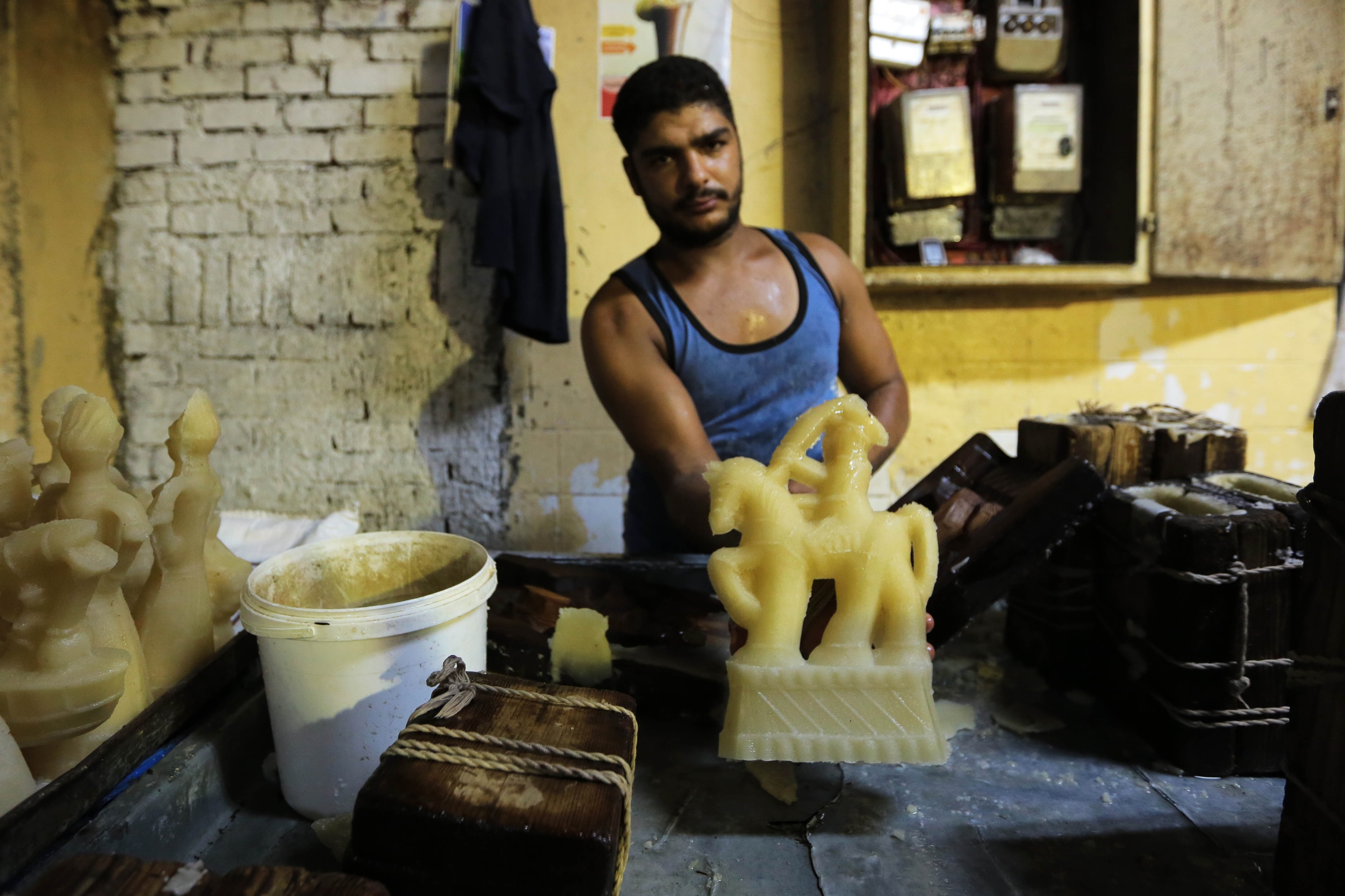
The dolls, known as Arouset el Mawlid, are believed to originate from the time of the Fatimid ruler El Hakim Ba'amr Ullah, who got onto a horse and went into town with his wife.
His wife was so beautiful, she inspired people to make dolls that resembled her, and a man on a horse was fashioned to depict him. Many would also make the dolls to represent newlyweds.
Others believe the dolls were made when soldiers returned from war to marry their loved ones, with the sweets given to them to honour their bravery.

El-Shennawy says that there are certain rules that must be followed when making the sweets.
“It takes place in several stages,” he says. “One of the most important steps is stirring the mixture so it does not burn. Then you add in water little by little. The sweets need to be made in copper pots because aluminium ones react with the mixture and turn it black,” he added.
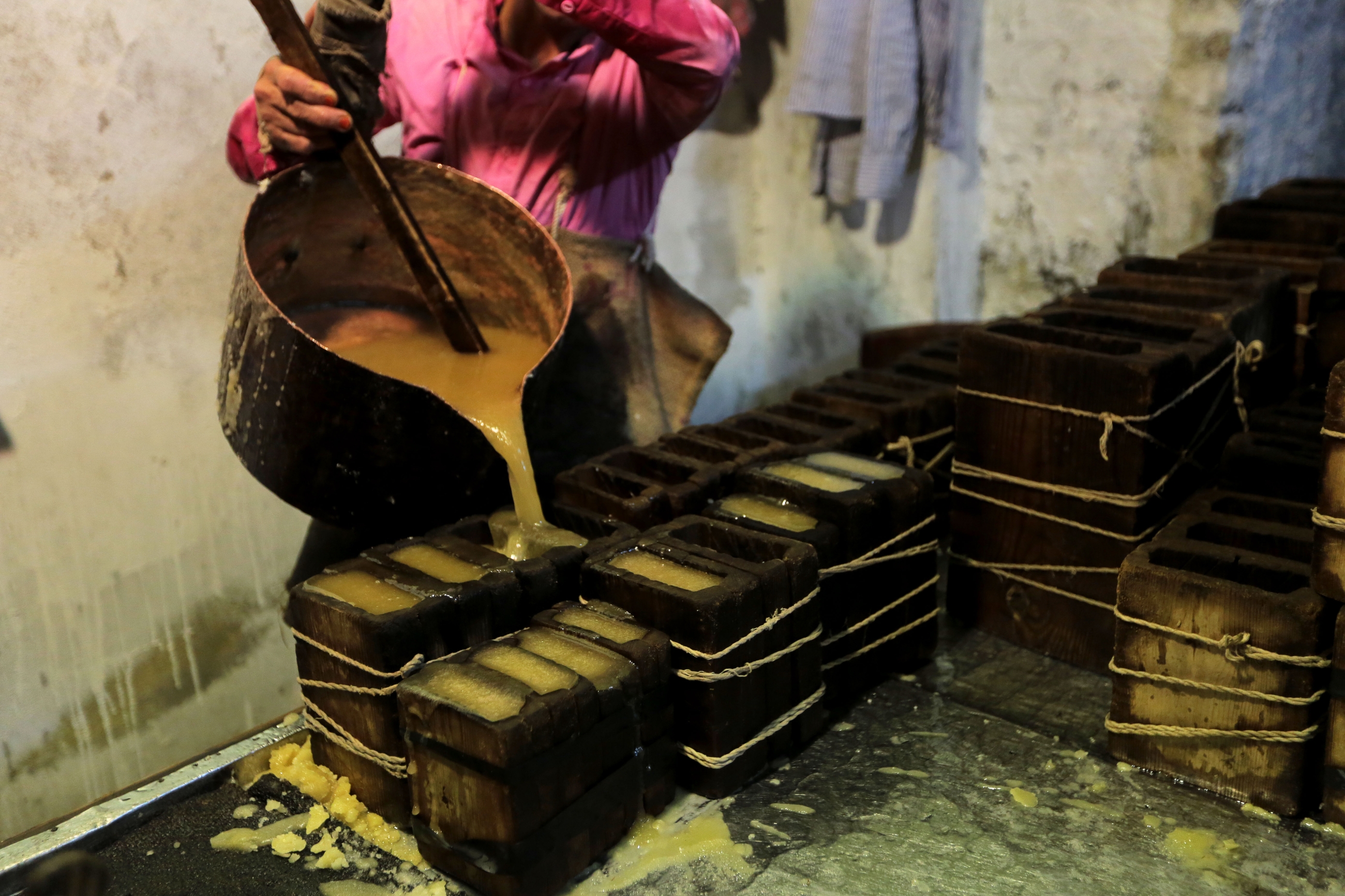
Other sweets made during Mawlid celebrations include sugar-coated nuts, specifically peanuts, pistachios, and almonds. Sesame seeds coated in a honey mixture are also highly popular during this period.
Most sweet shops start preparing for the holiday over a month before to ensure that they have time to make enough stock for all of their customers.
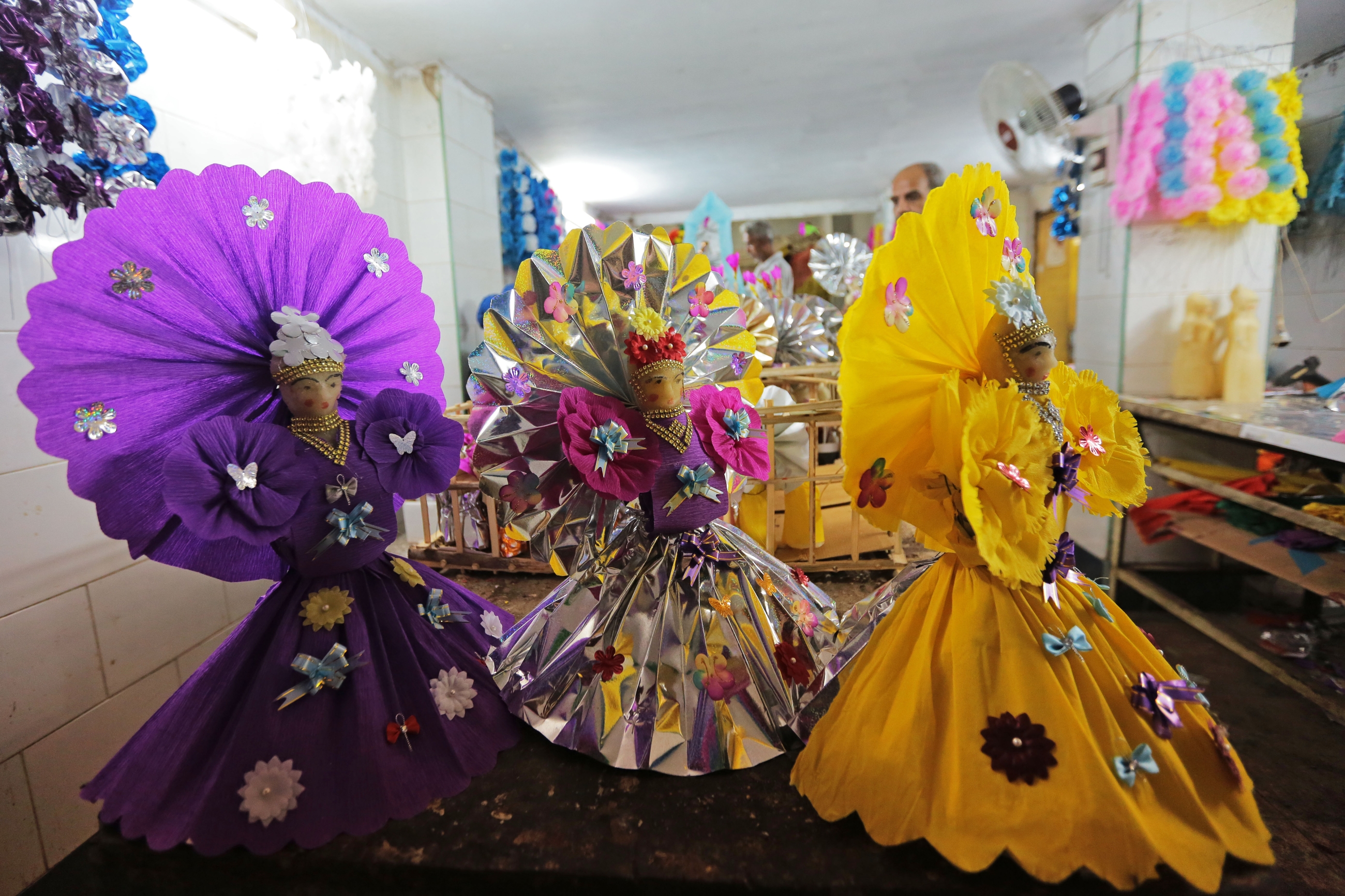
Although the cost of food and essentials has continued to rise in Egypt in recent years - and the cost of Mawlid sweets has also increased - many of Egypt’s Muslims still enjoy buying the sweets to preserve a joyful tradition that they enjoy with their family.

Today, most factories in Egypt will use machinery to make the sweets, particularly when they are produced on a large scale, and very few still make them in the original traditional way.
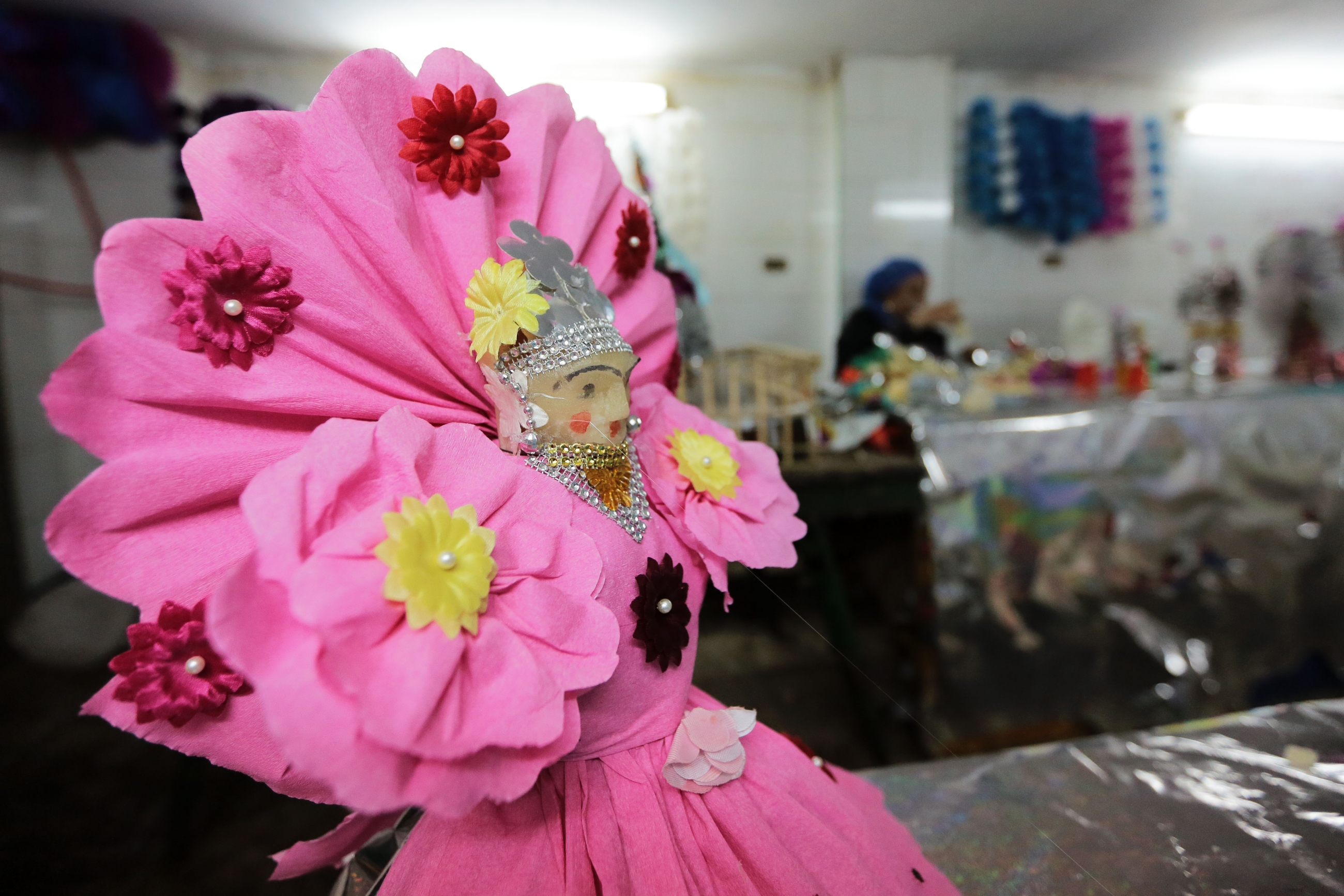
In the days leading up to the occasion, groups of young people gather together to clean and decorate the streets, in anticipation of the crowds expected to parade around.
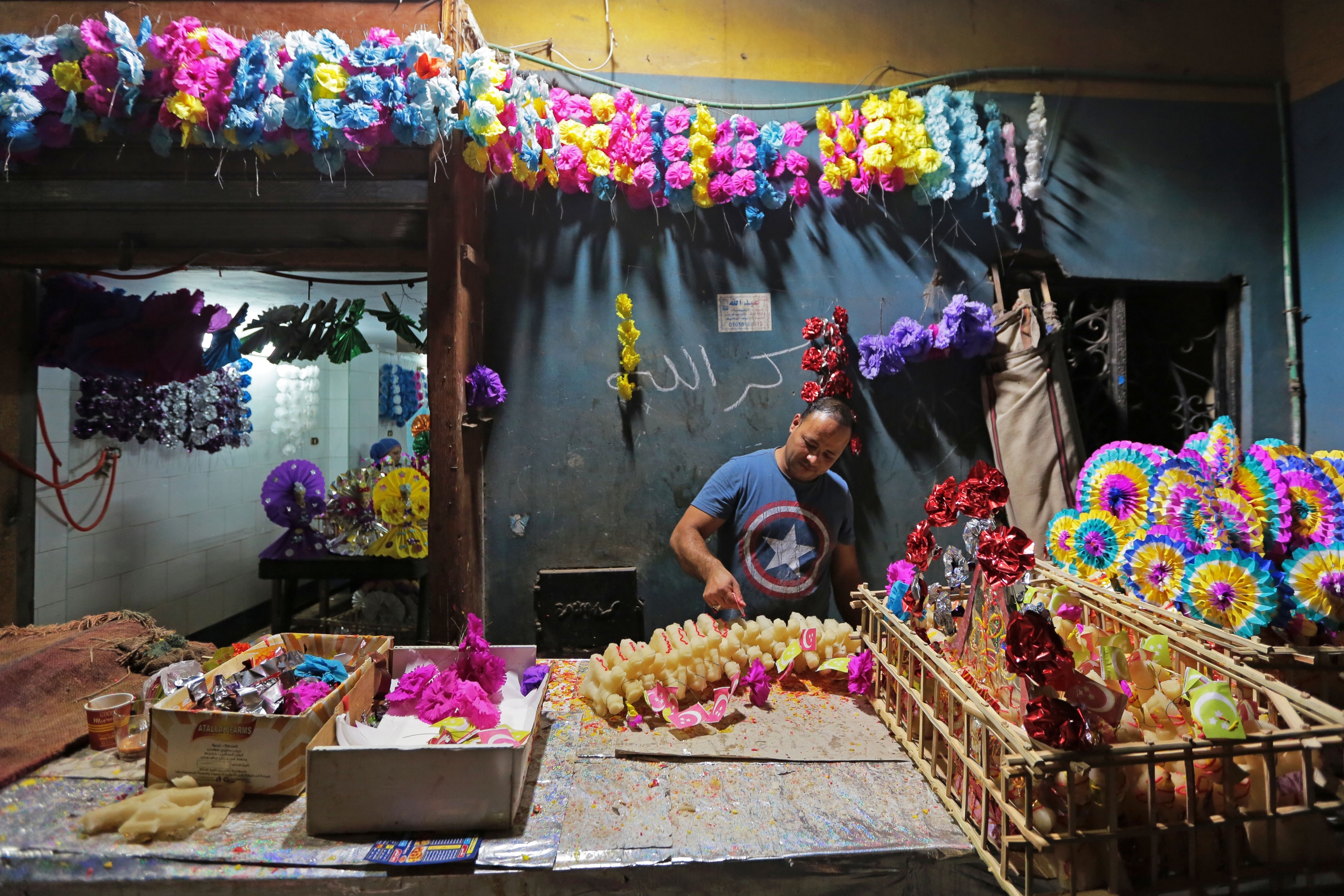
Other traditions during Mawlid include chanting religious songs in the streets and recalling Islamic teachings from the prophet Mohammed’s life.
This article is available in French on Middle East Eye French edition.
Middle East Eye delivers independent and unrivalled coverage and analysis of the Middle East, North Africa and beyond. To learn more about republishing this content and the associated fees, please fill out this form. More about MEE can be found here.


